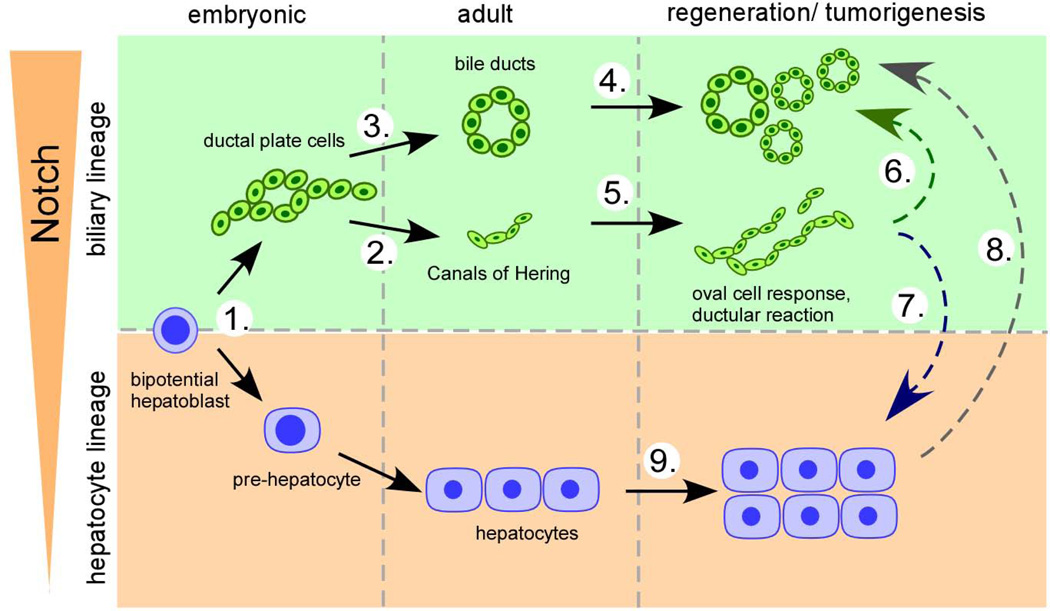Figure 2. Putative multiple functions of Notch in epithelial lineage control in liver development, homeostasis, and disease.
Notch signaling may act at multiple stages in the embryonic and adult liver to control cell fate decisions and cell growth in development, homeostasis, regeneration, and disease. (1.) During embryonic development Notch converts bipotential hepatoblast to the biliary lineage (12, 20, 21) and (2./3.) is required for proper morphogenesis and maturation of the intrahepatic biliary tree (7, 10–12, 14). (4./5.) Notch signaling may also contribute to biliary injury repair by regulating expansion and morphogenesis of ductular reactions and bile ducts (30, 31). (6./7.) Further, Notch has been proposed to function as the key signaling pathway to destine the cellular fate of adult liver progenitor cells either towards the biliary (Notch activation) or hepatocyte lineage (Notch suppression) both, in liver regeneration (30) and carcinogenesis (46). (8.) Notch has also been shown to be capable to reprogram adult hepatocytes to biliary cells (17, 35) that may give rise to intrahepatic cholangiocarcinoma (37, 38). (9.) Further, data support a role for Notch in hepatocyte regeneration after partial hepatectomy (24) and hepatocellular carcinoma development arising from the hepatocyte compartment (47, 48).

